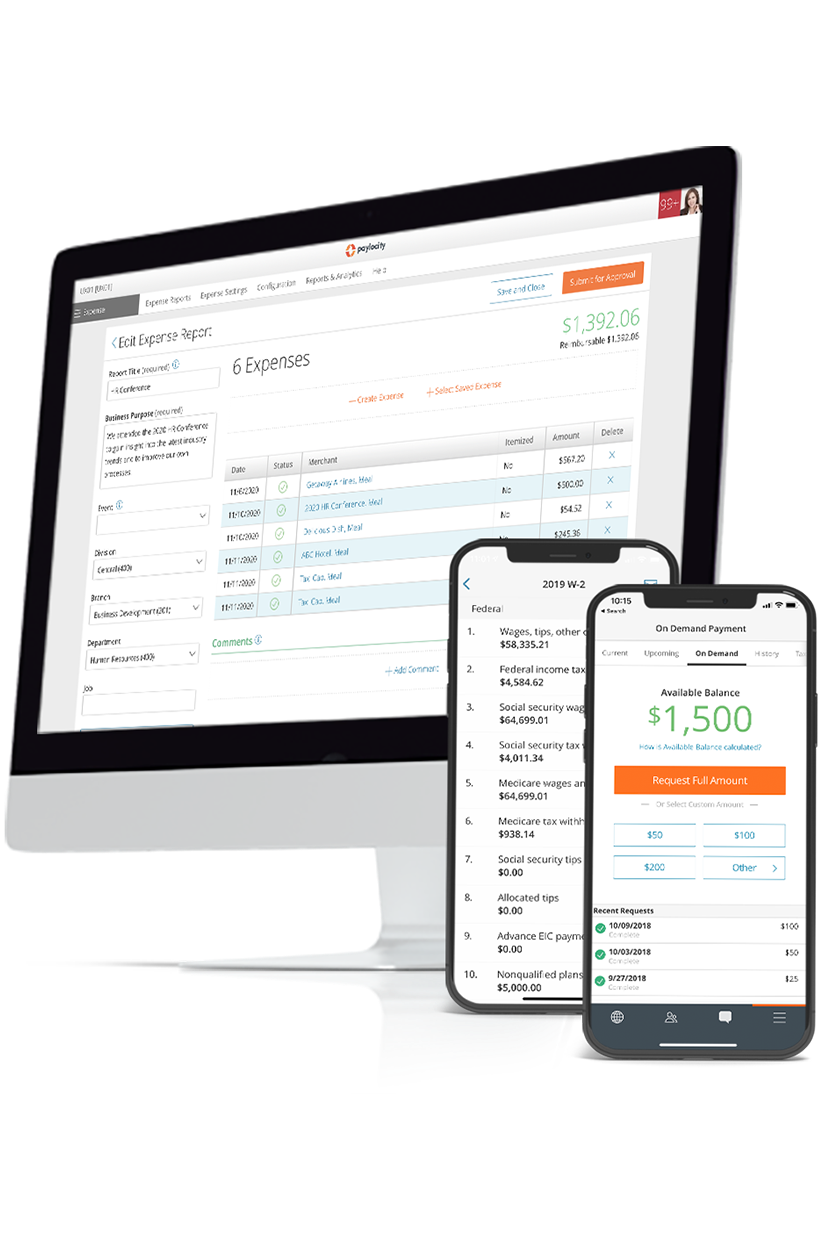Gross-Up
Summary Definition: A calculation for identifying the necessary pre-tax amount that guarantees a specified post-tax amount.
What Does Tax Gross-Up Mean?
A gross-up for taxes is a calculation used to find the amount of gross pay an employer should disburse to guarantee an employee receives a defined amount of net pay.
Gross-up amounts usually apply to one-off payments, such as bonuses or severance payments. Although the process can also be used for regular wages, it’s much less common.
Key Takeaways
- Grossing up calculates how much gross pay an employer will need to pay an employee so the employee receives a specified amount of net pay.
- The process is usually applied to one-off payments, such as bonuses, rather than regular salaries.
- A gross-up involves an element of guesswork, as the employee’s tax rates can’t be determined precisely until the end of the tax year.
How a Gross-Up Works
Within most payroll processes, gross-up calculations often use similar steps:
- A specific level of net pay is chosen.
- The employer identifies all the taxes the employee will need to pay on that net amount (e.g., federal income tax, supplemental income tax, etc.)
- The grossed-up amount is calculated to offset the identified taxes and added to the chosen net amount.
- The employee receives the total amount via the normal payroll process.
How to Calculate Gross-Up
The formula for a gross-up calculation is:
| Gross Pay = Net Pay / (1 - Total Tax Rate) |
For example, if a company pays their employee a bonus of $1,000, the gross-up calculation would look like this:
- Calculate all the tax rates payable on $1,000.
- Federal Income Tax: 22.00%
- FICA Taxes: 7.65%
- State Income Tax: 9.50%
- Total Tax Rate: 39.15% (or 0.3915)
- Subtract 1 from 0.3915 = 0.6085
- Divide $1,000 by 0.6085 = $1,643.39
Thus, for the employee to receive the full stated value of the $1,000 bonus, the company must pay them $1,643.39 to cover the corresponding taxes.
Gross-Up Examples
- The Spencer Company wishes to pay Lauren a $1,000 year-end bonus. For her to actually take home $1,000, the bonus check must also cover any taxes (as in the calculation above). Otherwise, the overall value of the bonus is reduced.
- The Spencer Company agrees to pay for Steve’s $3,000 relocation to New York. However, to cover both the expenses and the standard withholding taxes due on those reimbursements, Steve receives a $4,930.16 paycheck so he owes nothing out of pocket.
Gross-Up Pros and Cons
The primary benefit a gross-up has (for both employers and employees) is the satisfaction of knowing each recipient gets the full stated value of the extra income. If someone is told they'll receive a $500 bonus, they'll receive all $500, and not have to worry about calculating taxes or sacrificing portions of the bonus to cover those taxes.
On the other hand, this means the employer has to invest extra time and finances to complete those tasks on the recipient's behalf. Here are some risks inherent in the process:
- Depending on the organization's size and growth, equitably and transparently using gross-ups can become too complex to maintain. This is especially problematic with remote employees or independent contractors who may have multiple sources of income the organization doesn't know about.
- If the company doesn't carefully identify and budget for the added costs, it can damage its financial health and create tax problems for everyone involved. For example, if a bonus is too large, it might accidentally push the recipient's net pay into a higher tax bracket and cost them more in income taxes at the end of the year.
Moreover, some see gross-ups as somewhat unscrupulous when used to discreetly raise the pay of highly compensated executives. In financial reports where only net pay is reported, it wouldn't be apparent that the executive took home the full amount.

Save Time with Stress-Free Payroll Solutions
Payroll doesn’t have to be complicated, but it does have to be right. Stay compliant, collect employee data, and streamline tax filing – all while putting time back in your day with our automated payroll software. With the assurance of an error-free workflow, you can get back to what matters most – your people. Learn how our modern solutions get you out of the tactical and back to focusing on the bigger picture.